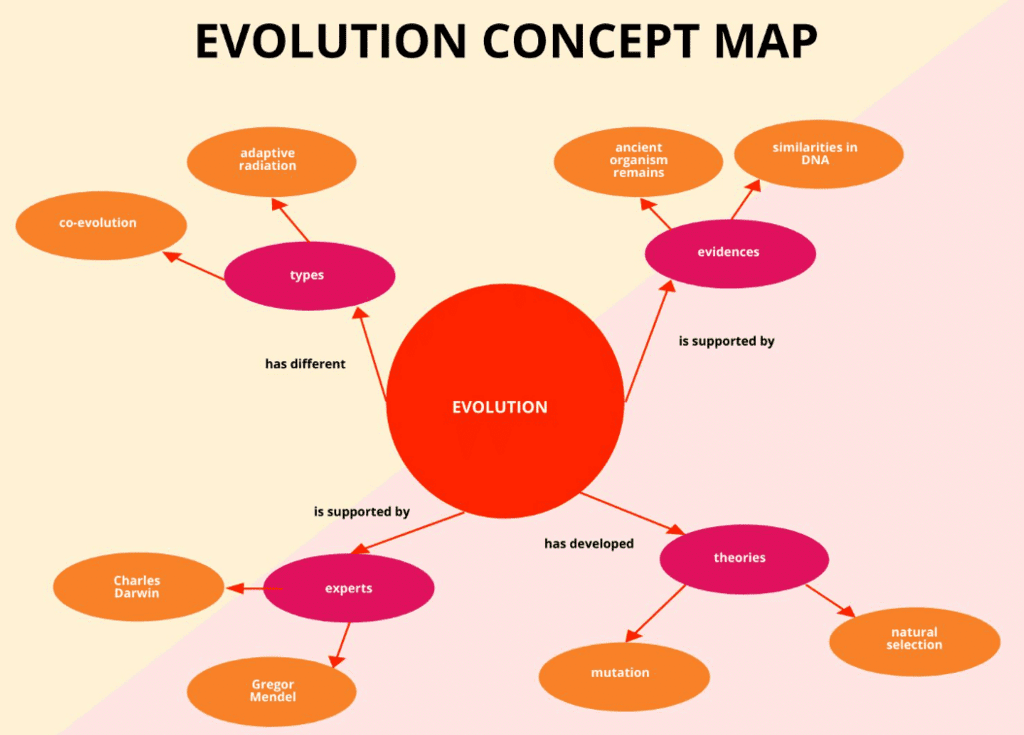Concept of Lifting of Corporate Veil - Introduction, Company Law | Company Law - B Com PDF Download
Introduction
A company, as defined in Section 2 (20) of the Companies Act, 2013, is a legal entity formed by a group of individuals to conduct business. This definition encompasses companies incorporated under the current law as well as those established under previous legislation. A company possesses its own rights, duties, and liabilities, separate from those of its members. This means it can enter into contracts, sue, and be sued in its own name. The case of Salomon vs. A. Salomon Co. Ltd. (1897) established the principle of a company as a separate legal entity, distinct from its shareholders and members. When a company is incorporated, it becomes an "artificial person," with its own identity and legal rights.
The corporate veil is a legal concept that protects the interests of a company's owners and members by treating the company as a separate entity. However, there are instances where this veil can be lifted. Lifting the corporate veil involves removing the barrier between the company and its members to hold individuals accountable for illegal activities conducted under the company's name. This exception ensures that individuals cannot misuse the corporate structure to evade responsibility for wrongdoing.
Evolution of the Concept
In the case of Bacha F. Guzdar vs. CIT, Bombay (1952), the Supreme Court of India recognized that a company has its own legal identity, separate from that of its shareholders.
Once incorporated, a company enjoys various rights, including:
- Perpetual succession
- The right to sue
- Transferable shares
- Limited liability
- Separate legal entity status
Since a company is considered an artificial person, it cannot engage in illegal activities on its own. However, if a member of the company commits fraud and tries to use the corporate personality to avoid legal action, the adjudicating authority may, in exceptional cases, lift the corporate veil to hold the real culprit accountable.
The corporate veil concept separates shareholders from the company, allowing the owner to operate without unforeseen liabilities. It protects shareholders from accidents, with costs covered by the company's assets. However, if shareholders abuse this rule for personal gain and limit liabilities to the company, the court can pierce the corporate veil to reveal the true individual behind the company’s name and hold them accountable for fraudulent or undue benefits according to legal procedures.
Elements Required for Lifting the Corporate Veil

To lift the corporate veil, the aggrieved party must establish three key elements in court:
1. Control and Domination:
- The party needs to prove that a shareholder exerts complete control and dominance over the company.
- This control extends beyond financial aspects to include influence over policy and business practices related to the transaction in question.
- It must be demonstrated that the corporate entity involved in the transaction lacks its own independent mind, will, or existence.
2. Improper Purpose or Use:
- The second requirement is to show that the dominant stakeholder used their position for fraudulent or deceptive purposes.
- This could involve actions that contravene legal provisions and infringe on the rights of individuals.
- The plaintiff must establish that the corporation's misconduct, beyond mere control and dominance, has violated their rights.
3. Resulting Damage or Harm:
- The final element requires the aggrieved party to demonstrate that the wrongful or illegal actions of the dominant stakeholder have caused harm or damage.
- If the damage is not a result of the corporation's actions, the defendant may not be held liable.
- It is important to note that while the corporate veil may be disregarded in certain instances, it does not mean it must be disregarded in all cases.
The Supreme Court of India, in the case of L.I.C. India vs. Escorts Ltd. & Others (1985), affirmed that although a company is a separate legal entity, the court can pierce the corporate veil under exceptional circumstances. The circumstances under which the corporate veil can be lifted include:
- Statutory Provisions
- Judicial Interpretations
Grounds for Lifting the Corporate Veil
The Companies Act of 2013 provides specific grounds for lifting the corporate veil.
- Officer in Default: Section 2 (60) defines an 'officer in default' as someone acting against the Act, making them liable for penalties or imprisonment.
- False Information in Incorporation: Section 7 holds promoters and directors liable if a company is incorporated with false information. The Tribunal can take action, including changing management or winding up the company.
- Misstatement in Prospectus: Sections 34 and 35 impose criminal and civil liability for misleading information in a prospectus. Section 36 addresses fraud in inducing investments.
- Default in Repayment: Section 74(3) holds officers liable for failing to repay deposits or interest.
- Investigation by Central Government: Section 239 allows the central government to investigate company management or share acquisition offences.
- Striking off Company Name: Section 242(2) permits the Registrar to strike off a company name, but officers misusing this face liability under Section 251.
- Winding Up and Fraud: Section 339 holds officers personally liable for defrauding creditors during winding up.
- Judicial Interpretations: The concept of corporate veil was established in the Solomon case. Indian courts have laid down grounds for lifting the corporate veil, which are not exhaustive and vary with case circumstances.
- Fraud: Courts lift the corporate veil in fraudulent cases. In Commissioner of Income-tax vs. Associated Clothiers Ltd. (1963), the Calcutta High Court emphasized lifting the veil in exceptional fraudulent circumstances. In Jones vs. Lipman (1962), the court lifted the veil to prevent fraud when a person used a company to avoid contractual obligations.
Tax Evasion
Companies are considered separate legal entities, which means they have the same responsibilities as any other legal person, including the obligation to pay taxes to the government. However, because a company is an artificial person and cannot do wrong on its own, its officers sometimes misuse this concept to evade taxes. In such cases, the court may "pierce the corporate veil" to hold individuals accountable for the failure to pay taxes.
For example, in the case of Vodafone International Holdings BV vs. Union of India (2012), the Supreme Court ruled that the income tax department has the authority to lift the corporate veil if they can prove that a company is using its status as a separate legal entity to avoid tax liabilities.
Mere Agency of the Holding Company
When a parent company uses its subsidiary as a mere agent to gain undue advantages, the court may lift the corporate veil to hold the responsible parties accountable. This legal principle was exemplified in the case of Smith Stone & Knight Ltd. vs. Birmingham Corporation (1939). In this case, the parent company transferred its assets to a subsidiary to evade liability, claiming that the subsidiary was not the owner of the property. However, the court determined that the subsidiary was simply acting as an agent for the parent company, and the transaction was orchestrated to benefit the parent company.
Landmark Cases that Shaped the Doctrine of Piercing the Corporate Veil
Singer India Ltd. vs. Chander Mohan Chadha and Ors. (2004)
- The court lifted the corporate veil in Singer India Ltd. vs. Chander Mohan Chadha and Ors. (2004) because the defendants used multiple companies to commit fraud.
- The doctrine of separate entities was meant to promote trade and commerce, not to facilitate illegal activities.
- The court found that the defendants abused this privilege by using companies as fronts to hide their wrongdoing.
- By piercing the corporate veil, the court held the defendants personally liable for the companies' debts, ensuring justice for creditors.
- This case reinforces that the doctrine is not absolute and can be disregarded to prevent fraud and protect innocent parties.
Richter Holding Ltd. vs. The Assistant Director of Income Tax (2011)
- In Richter Holding Ltd. vs. The Assistant Director of Income Tax (2011), the Karnataka High Court addressed the income tax department's authority to lift the corporate veil under Section 2(22)(e) of the Income Tax Act.
- The court ruled that the income tax department could disregard a company's separate legal entity if it was found to be involved in tax avoidance or evasion.
- The department argued for lifting the corporate veil to reveal the true nature of the transaction, while the assessee maintained that the separate legal entity could only be disregarded if the company was a sham.
- The court clarified that the power to lift the corporate veil is not absolute and must be exercised judiciously, with safeguards in place to prevent arbitrary use.
- The decision in this case is significant for corporate taxation, emphasizing that corporate personality cannot be used to shield tax avoidance or evasion.
State of Rajasthan and Ors. vs. Gotan Lime Stone Khanji Udyog Pvt. Ltd. and Ors. (2016)
- The Supreme Court ruled in State of Rajasthan and Ors. vs. Gotan Lime Stone Khanji Udyog Pvt. Ltd. and Ors. (2016) that lifting the corporate veil is justified when the company is a mere facade for the real actors behind it.
- The court emphasized that the corporate structure should not be misused to deceive authorities or evade legal obligations.
- In this case, the corporate veil was lifted to reveal the true nature of the entities involved, ensuring accountability and transparency.
In the case of the State of Rajasthan and Ors. vs. Gotan Lime Stone Khanji Udyog Pvt. Ltd. and Ors. (2016), the Supreme Court ruled that the corporate veil can be pierced if a company acts against public interest. This decision marked a significant development in Indian corporate law, emphasizing that companies cannot use the corporate veil to protect themselves from liability for wrongful actions. It also equips regulators and law enforcement agencies with a tool to pursue companies engaged in illegal or unethical behavior.
Here are some key implications of the Gotan Lime decision:
1. Increased Accountability for Shareholders and Directors:
- The decision clarifies that shareholders and directors can be held personally liable for a company's debts and obligations if the company is used to commit fraud or evade legal responsibilities.
- This heightened accountability is expected to make shareholders and directors more cautious about the activities of the companies they own and manage.
2. Greater Scrutiny of Corporate Conduct:
- The ruling is likely to lead to increased scrutiny of corporate conduct by regulators and law enforcement agencies.
- Companies will need to ensure compliance with all applicable laws and regulations, as they may be held accountable for any wrongdoing.
3. Potential for More Lawsuits:
- The decision may result in a rise in lawsuits against companies, shareholders, and directors.
- Shareholders and directors concerned about personal liability may be more inclined to file lawsuits against companies engaged in illegal or unethical practices.
Conclusion
To summarize, the corporate veil offers protection to the shareholders and officers of a company. However, if the concept of a separate entity is misused or if fraudulent or illegal activities occur, the veil can be lifted to hold the actual offenders accountable. Indian courts have established several landmark judgments outlining the conditions under which the veil can be lifted. This doctrine emphasizes that incorporating a company does not absolve shareholders of all liabilities. Personal liability arises when company officers act in violation of the law.
|
112 docs|32 tests
|
FAQs on Concept of Lifting of Corporate Veil - Introduction, Company Law - Company Law - B Com
| 1. What is the concept of lifting the corporate veil in company law? |  |
| 2. What are the circumstances in which the corporate veil can be lifted? |  |
| 3. Can the corporate veil be lifted automatically in cases of company insolvency? |  |
| 4. What are the potential consequences of lifting the corporate veil? |  |
| 5. What steps can companies take to minimize the risk of the corporate veil being lifted? |  |






















